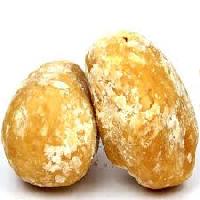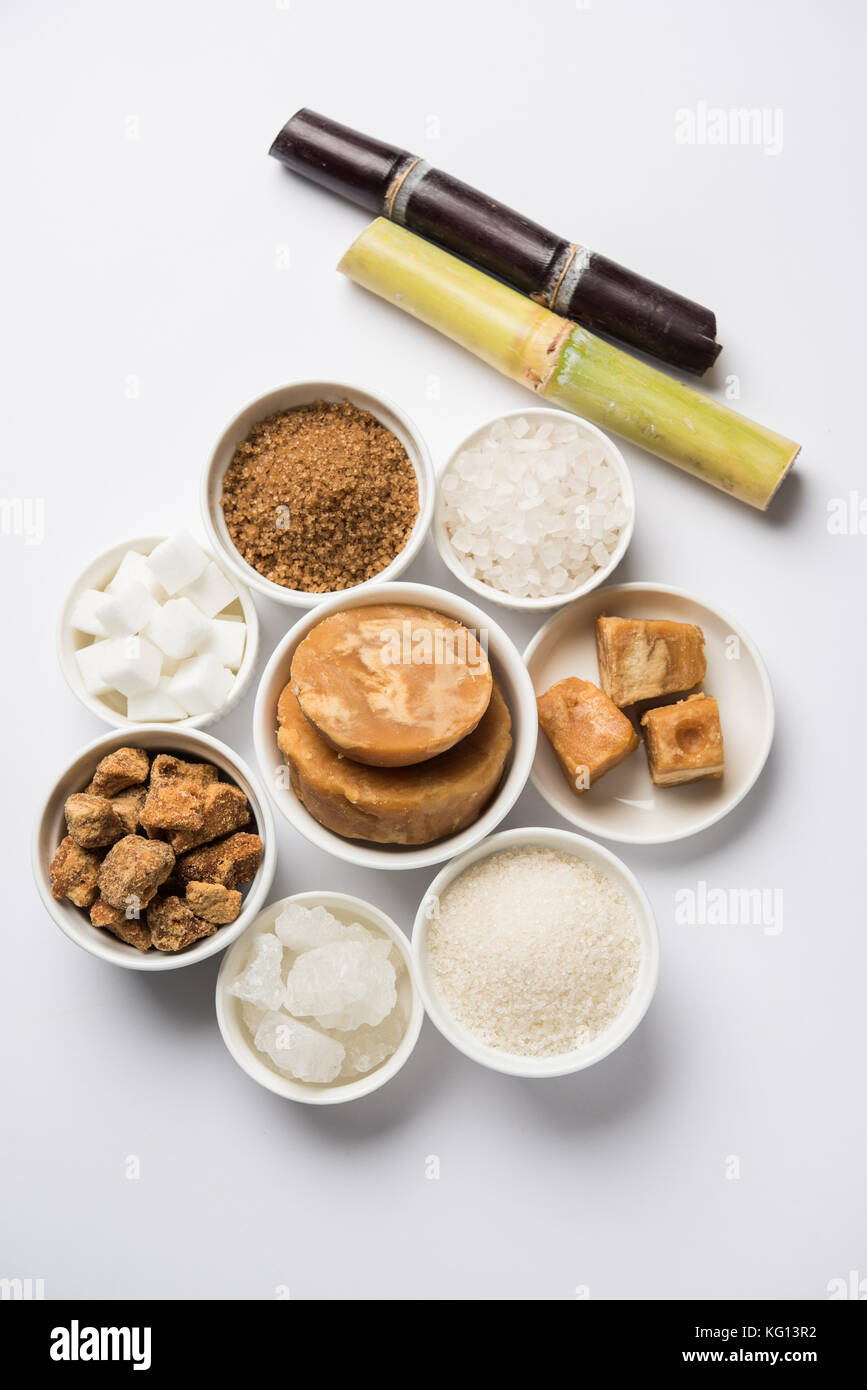Understanding the Production Process of Sugarcane Product for Consumers
Wiki Article
The Trip of Sugarcane: From Harvest to Everyday Products
The trip of sugarcane is a multifaceted procedure that begins with meticulous growing and culminates in a selection of products that penetrate our daily lives. As we discover the different elements of sugarcane's journey, its duty in sustainability and the wider effects for our atmosphere come right into sharper focus.Farming of Sugarcane
The cultivation of sugarcane is an essential agricultural procedure that requires certain environmental problems and management practices. Optimum development happens in exotic and subtropical areas where temperature levels vary in between 20 ° C and 32 ° C. Adequate rainfall or irrigation is important, as sugarcane thrives in wet dirt with well-drained problems (sugarcane product). Soil quality substantially influences yield; thus, farmers often carry out dirt tests to figure out nutrient needsPlanting normally takes place in rows, utilizing stem cuttings called setts, which are grown flat. This method helps with reliable collecting and takes full advantage of sunshine direct exposure. Plant rotation and intercropping are recommended methods to improve dirt fertility and lower pest infestations. Furthermore, farmers use incorporated pest management strategies to reduce chemical inputs while making sure healthy and balanced plant advancement.
Prompt application of these fertilizers can significantly enhance sugar yields. Generally, successful sugarcane farming hinges on a mix of environmental stewardship, critical planning, and continuous management techniques.
Gathering Techniques
Effective sugarcane farming finishes in the collecting phase, which is essential for taking full advantage of yield and making certain high quality. The timing of the harvest is crucial; sugarcane is normally harvested when sucrose degrees optimal, typically in between 10 to 18 months after planting. This period differs based upon climate, dirt type, and sugarcane range.Collecting techniques can be extensively classified into handbook and mechanical techniques. Hand-operated harvesting is labor-intensive, relying on knowledgeable workers who utilize machetes to reduce the stalks short. This method enables for discerning harvesting, where just the ripest canes are chosen, consequently boosting total sugar content.
On the other hand, mechanical harvesting has actually obtained appeal due to its efficiency and cost-effectiveness. Specialized harvesters furnished with reducing blades and conveyor systems can refine huge locations promptly, significantly decreasing labor expenses. Nevertheless, this technique might cause the incorporation of premature walking canes and a possible decline in sugar top quality.

No matter of the technique utilized, guaranteeing that harvested canes are transported swiftly to refining facilities is vital. Prompt handling decreases perishing and protects the integrity of the sugarcane, establishing the phase for ideal processing.
Handling Techniques
Processing sugarcane entails a number of vital steps that change the gathered stalks into useful products, primarily sugar and molasses. The first stage is cleaning the walking stick to remove dirt and debris, followed by the removal of juice through squashing or milling. This process typically uses heavy rollers that damage the walking stick fibers to launch the wonderful fluid consisted of within.Once the juice is drawn out, it undergoes explanation, where impurities such as dirt particles and bagasse are gotten rid of. This is frequently achieved by including lime and warming the juice, permitting sedimentation. The cleared up juice is then focused through evaporation, where water web content is decreased, causing a thick syrup.

Eventually, the handling of sugarcane not only creates sugar and molasses yet also prepares for numerous by-products, which will be checked out in succeeding conversations.
Products Derived From Sugarcane
Sugarcane is a versatile crop that produces a vast array of products past simply sugar and molasses. Amongst the key by-products are ethanol and biofuels, which have gotten prestige as eco-friendly energy sources. Ethanol, produced with the fermentation of sugarcane juice, offers as a different to nonrenewable fuel sources and is frequently mixed with gas to produce cleaner-burning gas, minimizing greenhouse gas exhausts.In addition, sugarcane is a significant source of bagasse, the fibrous residue remaining after juice extraction. Bagasse is utilized in various applications, including the production of paper, biodegradable packaging, and as a biomass fuel for power generation. Its usage not just lowers waste yet additionally boosts the sustainability of sugarcane handling.
Additionally, sugarcane-derived products encompass the food sector, where it acts as a natural flavoring representative and sweetener in various cooking applications. In the world of cosmetics, sugarcane essences are incorporated right into skincare products as a result of their all-natural exfoliating homes.
Environmental Influence and Sustainability
The growing and processing of sugarcane have substantial ramifications for environmental sustainability. This plant needs substantial water sources, typically leading to deficiency of regional water supplies and impacting surrounding ecological communities. Furthermore, using plant foods and pesticides in sugarcane farming can lead to soil deterioration and waterway contamination, positioning dangers to biodiversity.
Lasting sugarcane farming also advertises dirt health with plant turning and reduced tillage, boosting carbon sequestration. The fostering of these practices not only supports ecological honesty but likewise enhances the strength of farming areas against climate modification.
Final Thought
In recap, the trip of sugarcane encompasses various stages from growing to handling, eventually causing a vast array of products. The importance of sugarcane prolongs past simple sugar, adding to eco-friendly power via ethanol manufacturing, lasting product packaging via bagasse, and natural extracts for cosmetics. This multifaceted crop plays an essential function in both dietary enrichment and environmental sustainability, highlighting its significance in contemporary agricultural image source and industrial practices.Effective sugarcane farming finishes in the collecting stage, which is essential for making best use of return and making certain top quality. The timing of the harvest is critical; sugarcane is commonly collected when sucrose degrees top, typically between 10 to 18 months after planting.Handling sugarcane includes a number of crucial steps that transform the gathered stalks into usable products, largely sugar and molasses.Sugarcane is a functional crop that yields a vast selection of products beyond simply sugar and molasses. Furthermore, the use of plant foods and chemicals in sugarcane farming can result in soil degradation and river contamination, posing threats to biodiversity.
Report this wiki page